|
A corner of the Koguryo Tombs. (Source: UNESCO) |
Over the past two decades, UNESCO has inscribed three Korean heritage sites on the World Heritage List. The Koguryo Tombs were recognized in 2004; the Historic Monuments and Sites in Kaesong were inscribed in 2013; and Mount Kumgang became a mixed natural and cultural heritage in 2025.
The three sites are located in different regions but all have outstanding historical, architectural, landscape and religious values, clearly reflecting each stage of development of the country of Korea.
Koguryo Tomb Complex
Inscribed by UNESCO in 2004, the Koguryo Tombs were Korea's first World Heritage Site. The site consists of 63 tombs, 16 of which have murals, located in Pyongyang and its vicinity. They are the last vestiges of the powerful Koguryo Kingdom in Northeast Asia, which existed from the 3rd century BC to the 7th century AD.
The mausoleums were built of stone covered with earth or boulders, demonstrating sophisticated underground construction techniques. Tomb structures ranged from single rooms to multiple chambers, with sturdy vaulted roofs that resisted collapse. Inside, murals depicting court life, rituals, costumes, cuisine , and beliefs reflected the influence of Buddhism, Taoism, and the Four Gods in Koguryo culture.
UNESCO has described the paintings as “masterpieces of ancient Oriental art,” providing valuable documentation of a vanished civilization. The paintings demonstrate early artistic skill in perspective, movement, and use of color—elements rarely seen in the period.
In addition to their artistic value, the complex is also of great archaeological and anthropological significance. Koguryo burial customs and underground construction techniques are considered to have laid the foundation for later tomb architecture in East Asia, including Japan. The massive stone mounds and enclosed domes demonstrate the ancient people's remarkable ability to handle materials and structures.
Despite thousands of years, the natural landscape surrounding the mausoleum remains almost intact. Some paintings have been damaged by mold, but most of the architecture is well preserved, clearly demonstrating the outstanding value recognized by UNESCO for the culture, burial customs and spiritual life of the Koguryo people.
|
Namdae Gate in Kaesong. (Source: Wikipedia) |
Historic sites and areas in Kaesong
In 2013, UNESCO recognized the Historic Monuments and Sites of Kaesong as a World Heritage Site. The complex consists of 12 separate components, reflecting the history of the Koryo Dynasty (918–1392). Located in a valley surrounded by mountains, Kaesong was the political , cultural and spiritual center of the medieval Korean peninsula.
Notable sites include Manwoldae Palace, Kaesong Fortress Wall with its three layers of defense, ancient city gates, Kaesong Chomsongdae observatory, and the two Koryo Confucian academies Songgyungwan and Sungyang Sowon. There is also Sonjuk Bridge (where the famous minister Jong Mong Ju was assassinated), Phyochung Memorial Stele, the tomb of King Wang Kon (or Wang Geon) - the founder of the Koryo Dynasty, the tomb of King Kongmin (or Gongmin) - the 31st king of the Koryo Dynasty and the Myongrung complex which includes three tombs, including the tomb of King Hyonhyo (Chungmok) the 29th, believed to date from the 14th century.
According to UNESCO records, the complex represents the political, cultural, philosophical and spiritual values of the Koryo dynasty during its transition from Buddhism to Confucianism.
The defense system consists of three layers of walls: Palocham (built in 896), Outer Wall (1009-1029) and Inner Wall (1391-1393), connecting the Songak, Puhung, Tokam, Ryongsu and Jine mountain ranges, creating the "mountains facing, rivers converging" position according to traditional feng shui.
UNESCO considers this a distinctive feature of the unified Koryo civilization, a period of religious and philosophical transition in East Asia. The natural environment, urban structure and geographical layout of Kaesong are still preserved intact, many unexcavated archaeological areas still have great research potential.
“These cultural relics are the pride of our nation, extremely precious, and testify to the long history of the Korean people,” said North Korean historian Kim Jin Sok.
|
“Panorama of Geumgangsan Mountain” painted by artist Jeong Seon in the mid-18th century. (Source: Hoam Art Museum) |
Mount Kumgang
Located in Kangwon Province, stretching across Hoeyang, Tongchon and Kosong counties, Mount Kumgang is nearly 1,600m high and consists of four areas: Outer Kumgang, Inner Kumgang, Sea Kumgang and New Kumgang. The mountain is famous for its white granite peaks, waterfalls, clear lakes, forests that change color every season and rapidly changing weather, creating a special landscape.
On July 16, at the 47th session of the World Heritage Committee in Paris, UNESCO officially listed Mount Kumgang (Geumgang in Korean) as a mixed natural and cultural World Heritage Site. Since the 5th century, Buddhist temples and hermitages such as Phyohun and Singye have been formed on the mountainside, and religious activities have been maintained to this day. UNESCO assessed that this area "preserves an important mountain Buddhist culture, along with a tradition of mountain worship and pilgrimage that has lasted for many centuries."
According to UNESCO records, Mount Kumgang has a dual value – both a natural heritage formed over millions of years and a cultural landscape typical of Korea. The area has more than 1,200 species of plants, 250 species of vertebrates and hundreds of species of migratory birds; it was recognized as a World Biosphere Reserve in 2018. UNESCO describes it as “a mountain of outstanding beauty with thousands of interesting rocks, waterfalls, crystal-clear lakes and seascapes stretching along the East Coast”.
According to the Korea Times, for more than a millennium, Mount Kumgang has inspired many artists, poets and tourists. Joseon-era painter Jeong Seon (18th century) once depicted the majestic beauty of the mountain in his masterpiece Panorama of Geumgangsan, the work that made his reputation.
The three World Heritage Sites, Koguryo Tombs, Kaesong Historic Sites and Monuments, and Mount Kumgang, reflect different periods in Korean history. Koguryo is notable for its stone tomb construction techniques and ancient mural art; Kaesong preserves the Koryo dynasty with citadels, palaces, and Confucian academies; and Kumgang is a natural and cultural heritage with rocky landscapes, waterfalls, and Buddhist temples dating back to the 5th century.
The three UNESCO-listed heritage sites not only honor the unique historical, architectural and natural values of Korea, but also tell the story of a nation that has persistently preserved its cultural imprints through the flow of time.
Source: https://baoquocte.vn/di-san-ke-chuyen-trieu-tien-330480.html


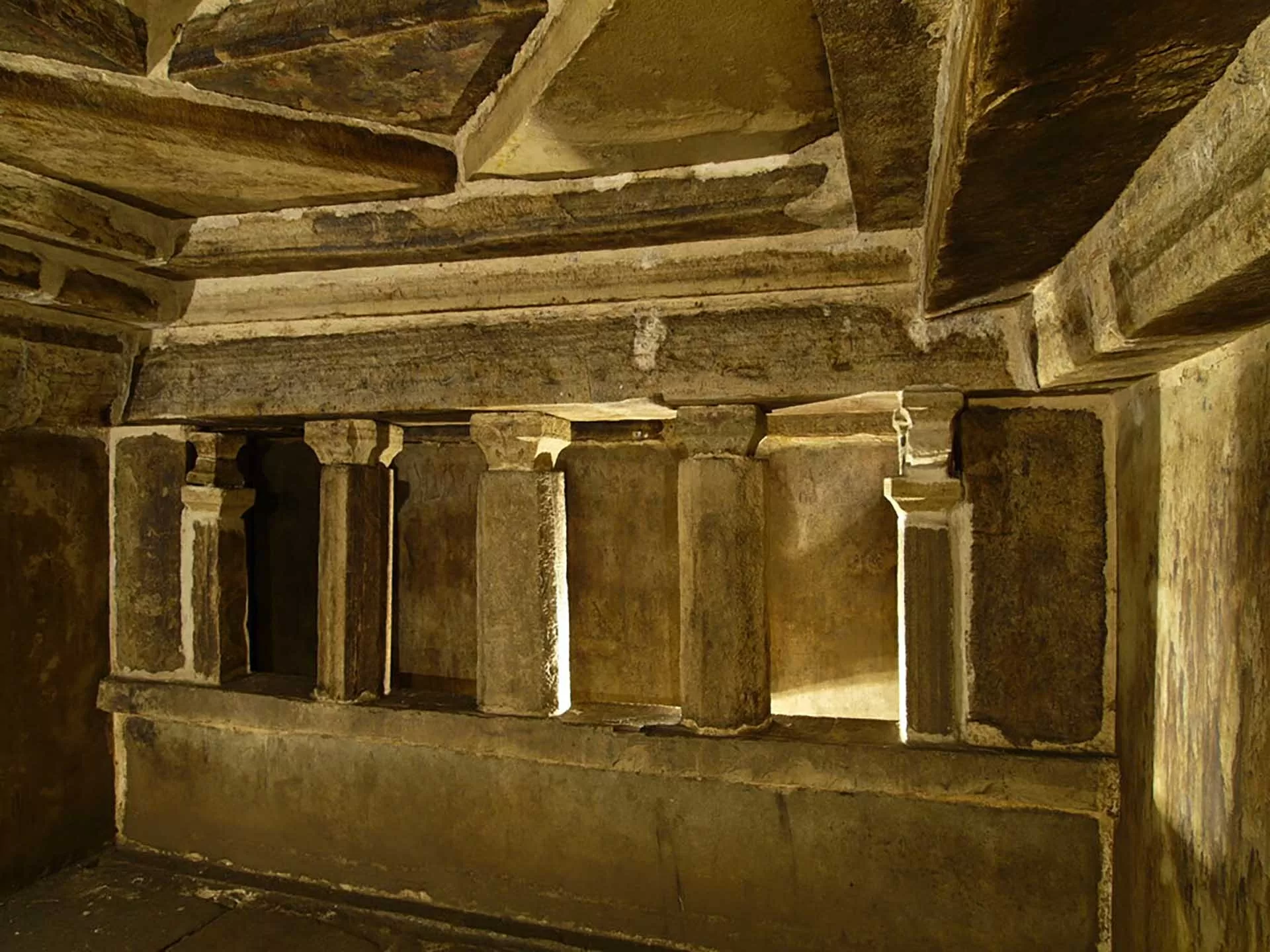
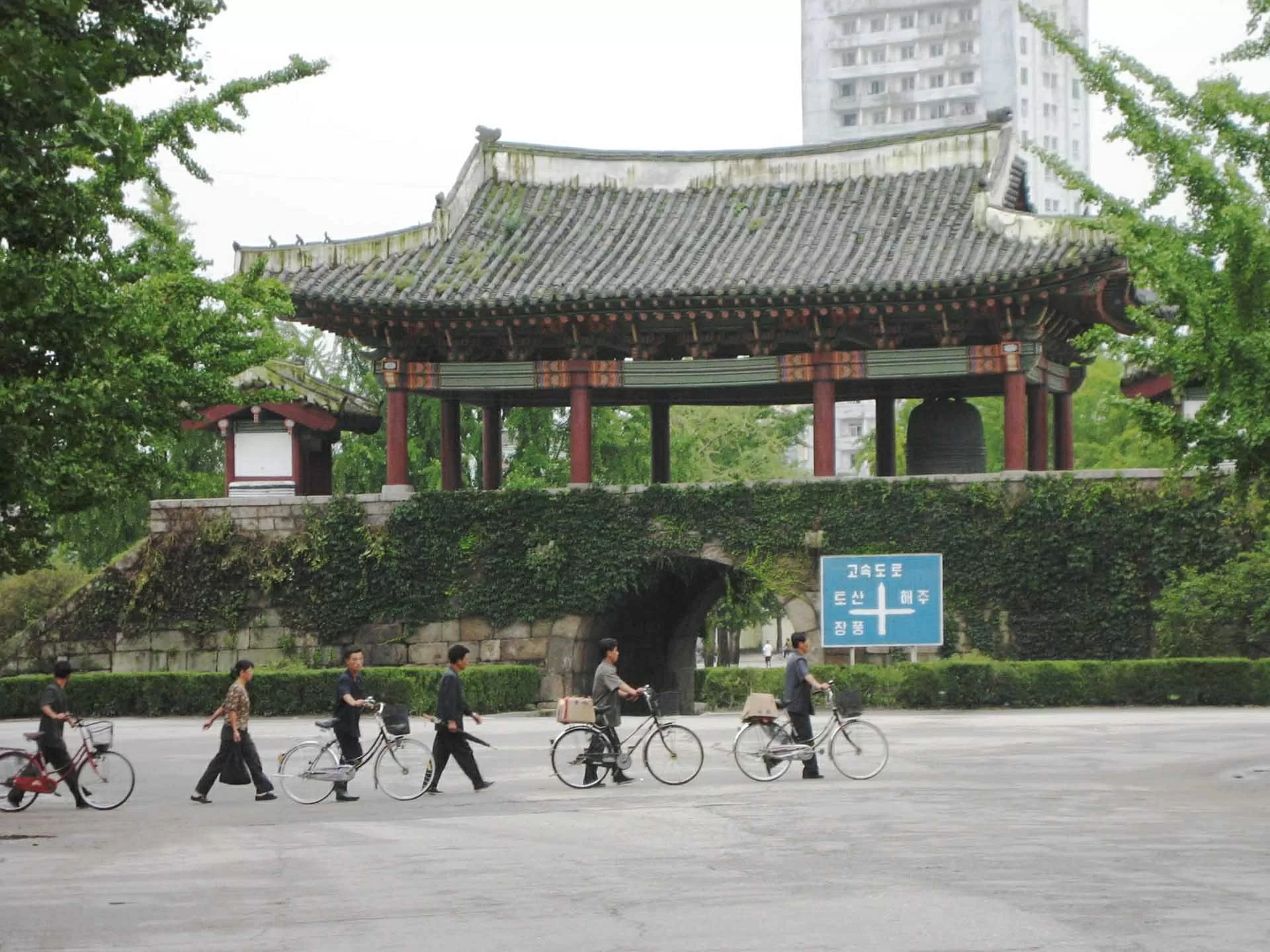
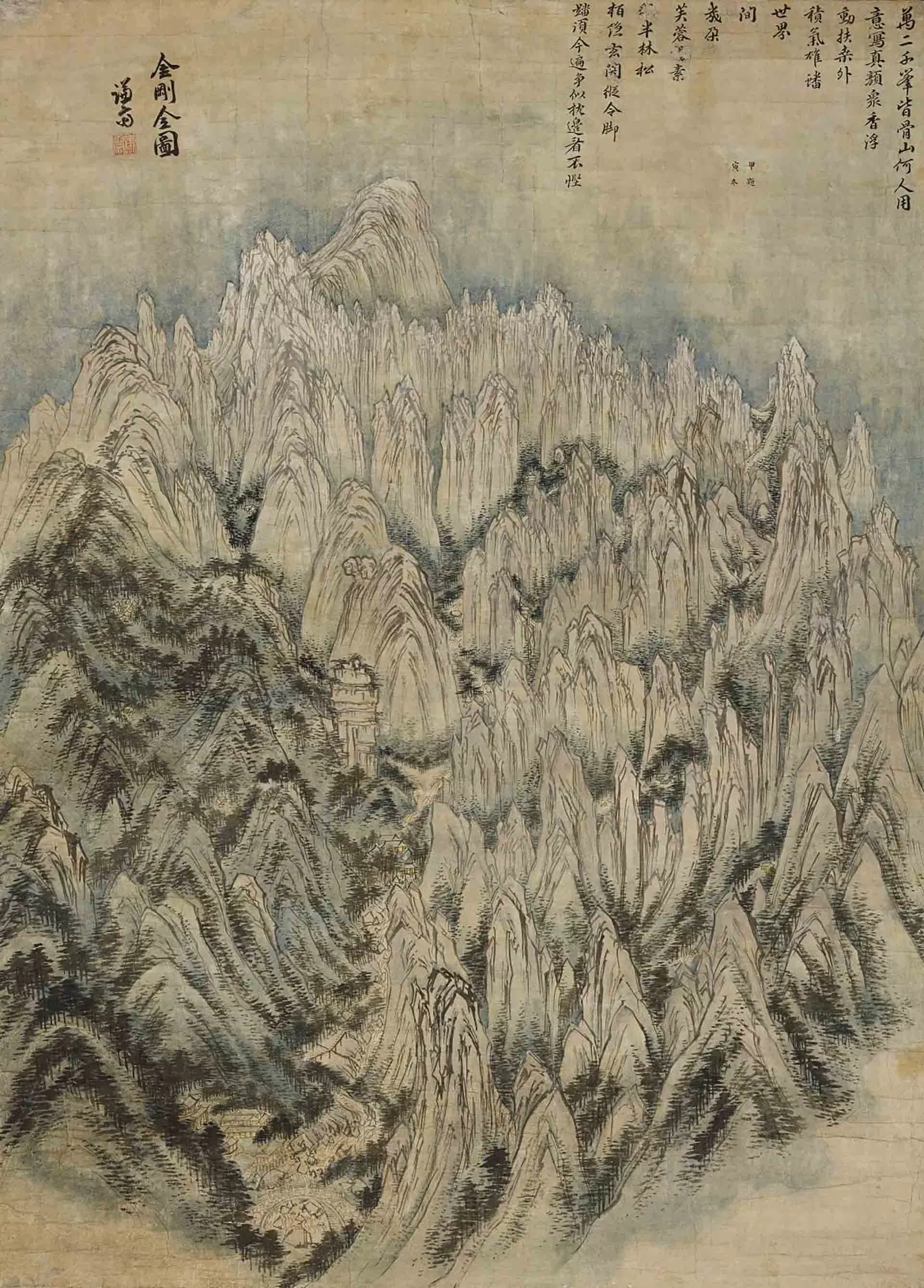
![[Photo] 60th Anniversary of the Founding of the Vietnam Association of Photographic Artists](/_next/image?url=https%3A%2F%2Fvphoto.vietnam.vn%2Fthumb%2F1200x675%2Fvietnam%2Fresource%2FIMAGE%2F2025%2F12%2F05%2F1764935864512_a1-bnd-0841-9740-jpg.webp&w=3840&q=75)


![[Photo] National Assembly Chairman Tran Thanh Man attends the VinFuture 2025 Award Ceremony](/_next/image?url=https%3A%2F%2Fvphoto.vietnam.vn%2Fthumb%2F1200x675%2Fvietnam%2Fresource%2FIMAGE%2F2025%2F12%2F05%2F1764951162416_2628509768338816493-6995-jpg.webp&w=3840&q=75)


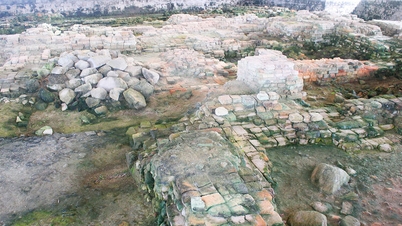

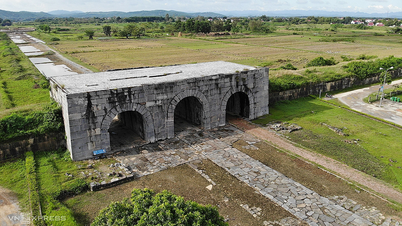
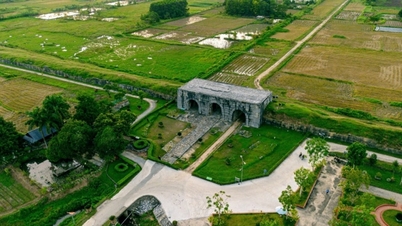

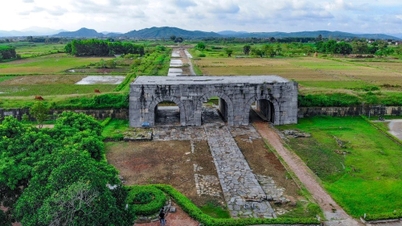

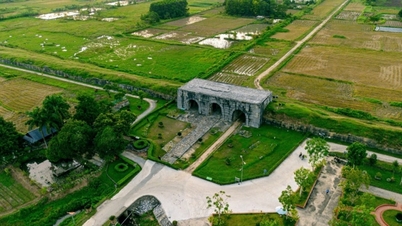

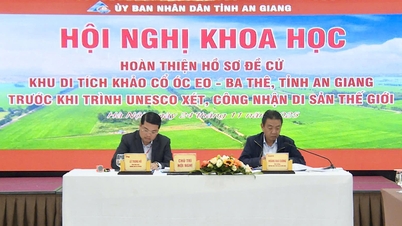









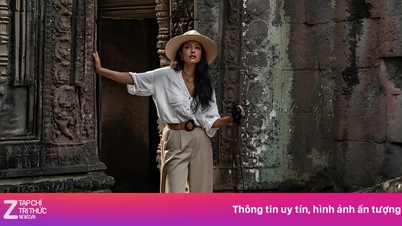




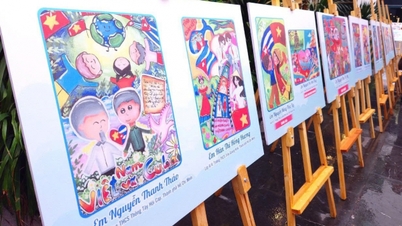
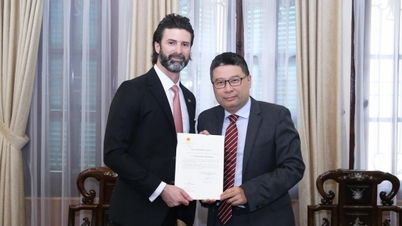
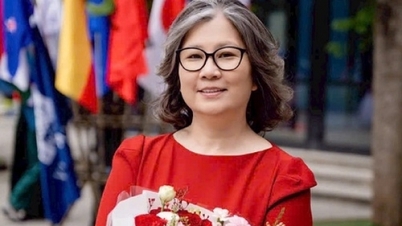

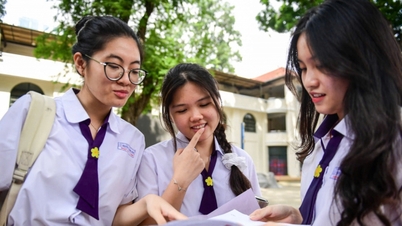
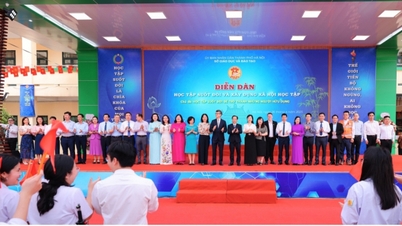

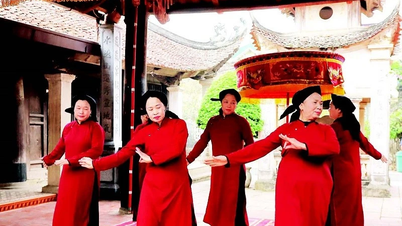

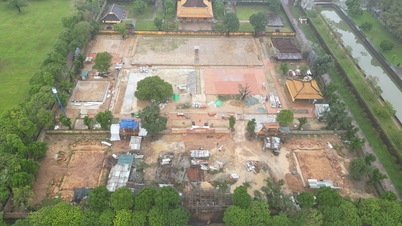
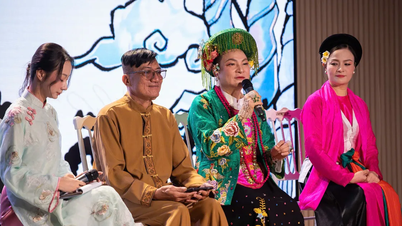



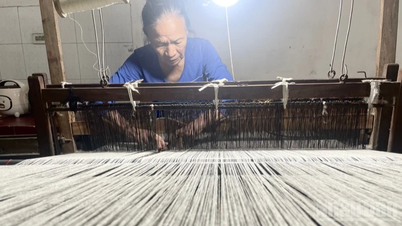

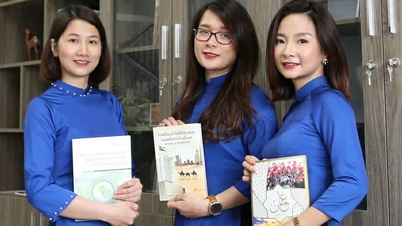

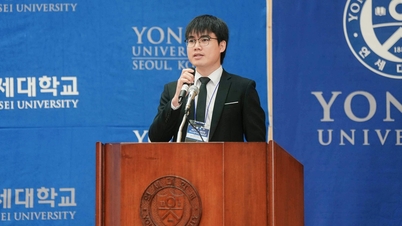






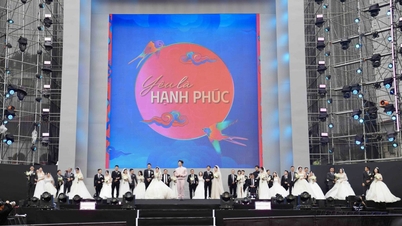


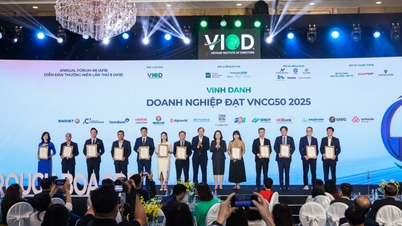

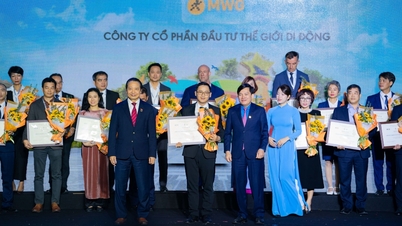
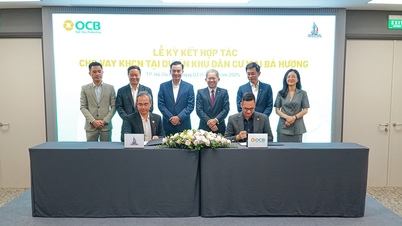






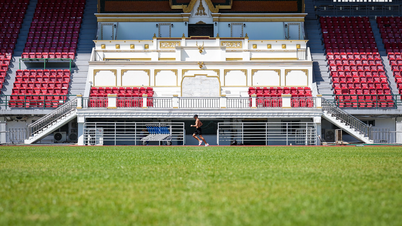

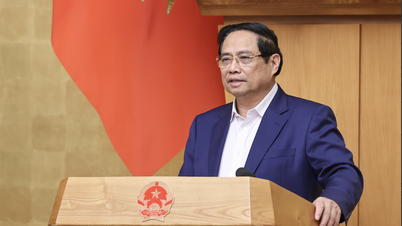


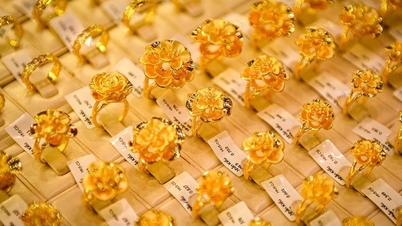
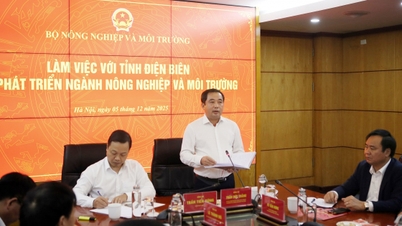

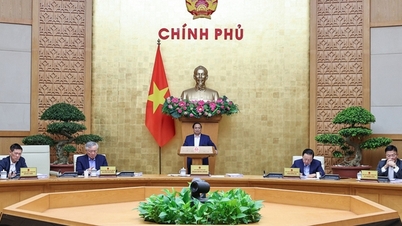

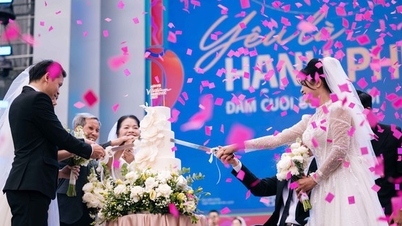
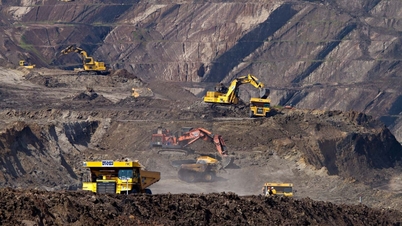



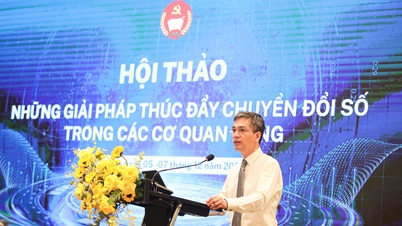
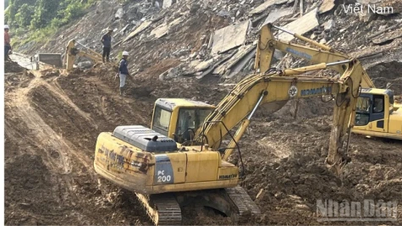

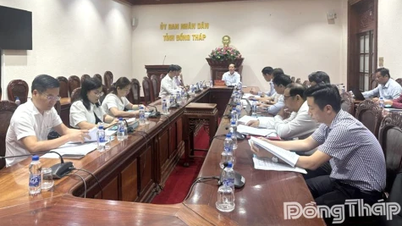
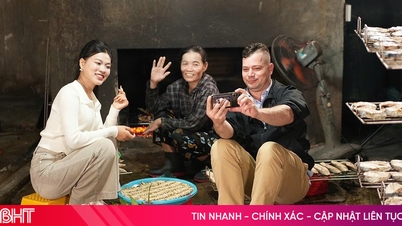

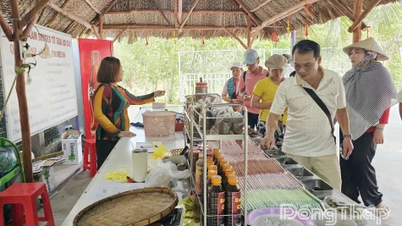
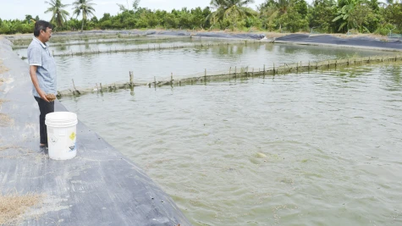
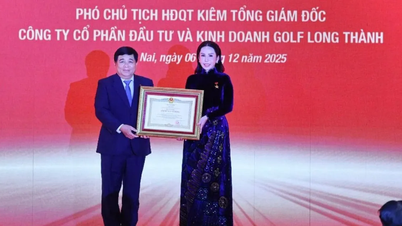










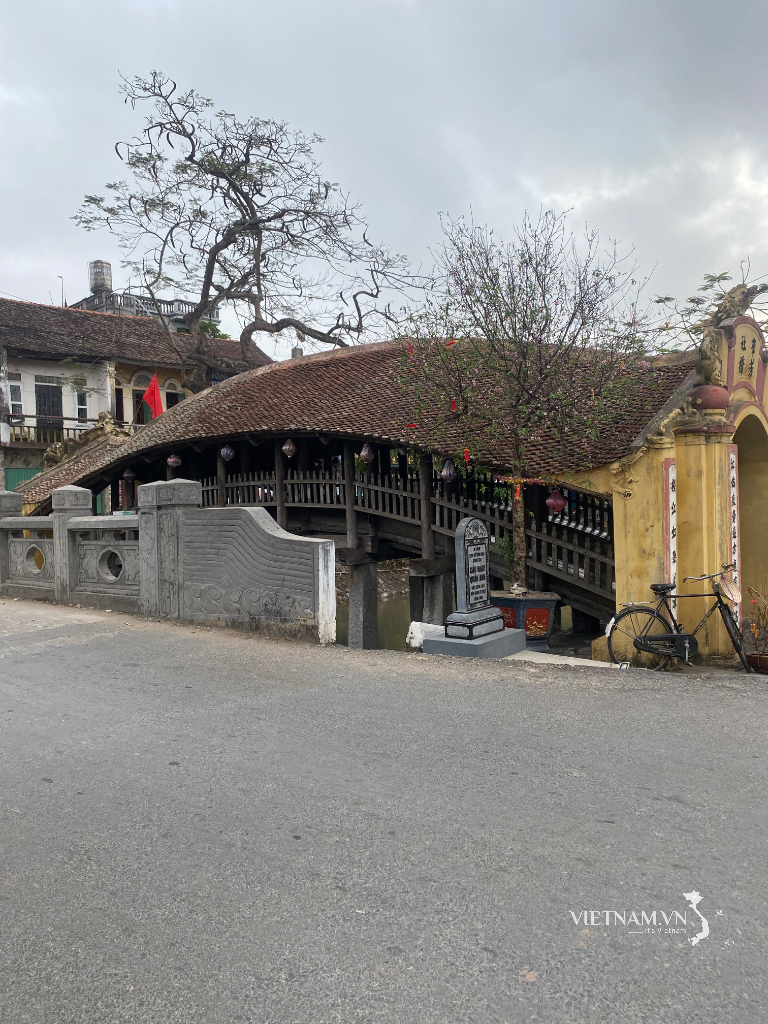
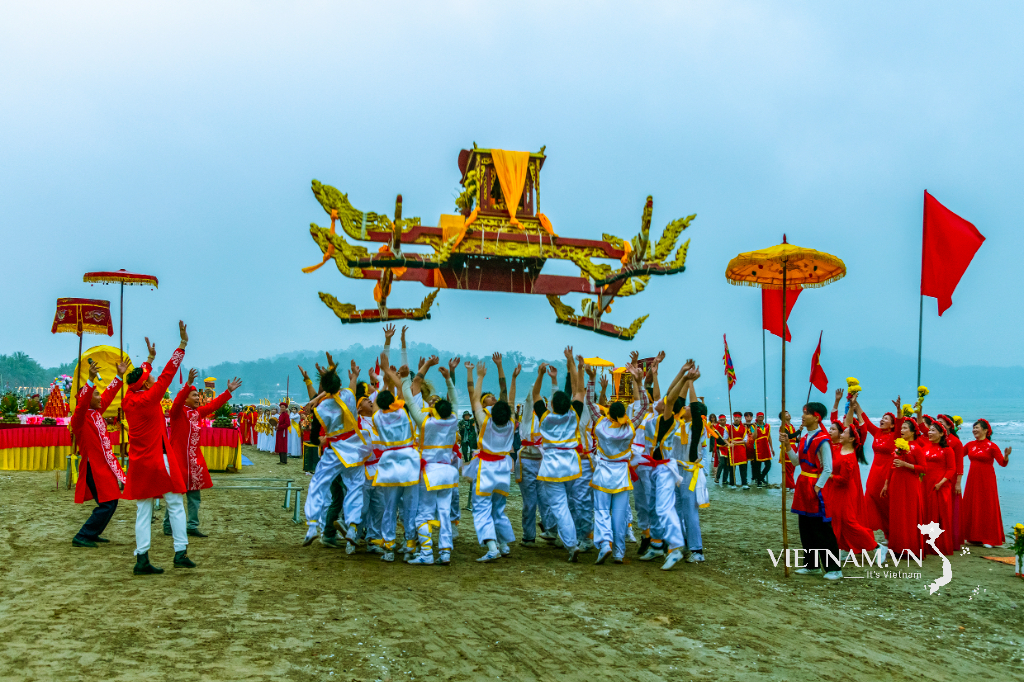





Comment (0)